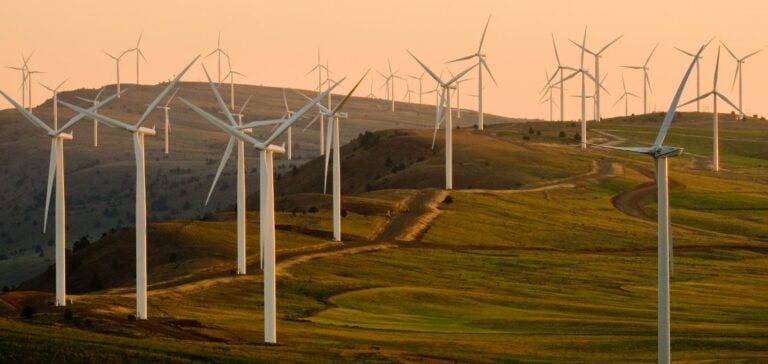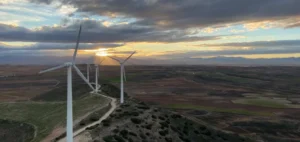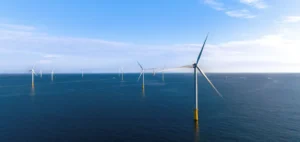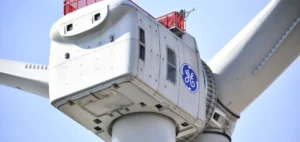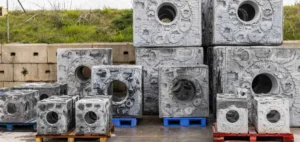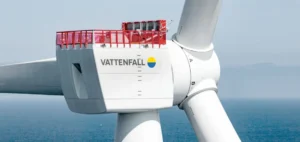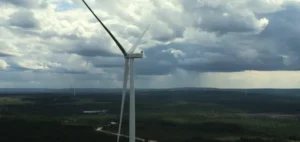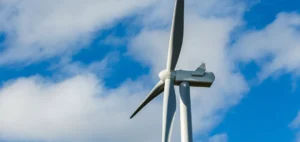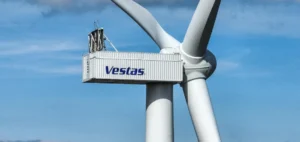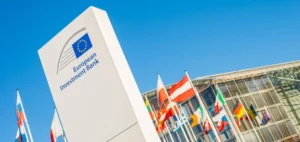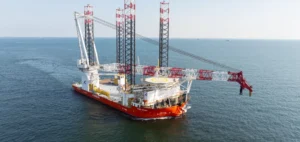The Welsh government recently gave the go-ahead for the Twyn Hywel onshore wind farm, a flagship project from Bute Energy’s portfolio, marking a significant step towards a renewable energy future for Wales. Located between Caerphilly County and Rhondda Cynon Taf, this project comprises 14 wind turbines with an installed capacity of 92.4 MW, estimated to power the equivalent of 81,000 households annually.
A shift towards energy sustainability
The approval of the Twyn Hywel project highlights Wales’s commitment to reducing its reliance on fossil fuels in favor of cleaner, more affordable energy production. This initiative aligns with the country’s broader vision to meet its climate goals by cutting carbon emissions. In doing so, Wales is reinforcing its ambition to become a leader in the UK renewable energy sector.
According to Bute Energy officials, onshore wind currently represents one of the most cost-effective and rapid solutions for generating clean energy. Stuart George, managing director of Bute Energy, emphasized the importance of this milestone for the sector: “This decision is a landmark moment for Wales. It demonstrates the Welsh government’s commitment to the energy and climate crises while fostering economic growth.”
Economic and social impact for local communities
In addition to its energy contribution, the Twyn Hywel wind farm will deliver significant benefits to local communities. The site construction is expected to begin in 2025 and be completed by 2027. Alongside the creation of hundreds of green jobs, the project will inject millions of pounds into the local economy, providing crucial support for the sustainable development of the surrounding areas.
Bute Energy has also established a Community Benefit Fund to ensure that the project’s benefits reach nearby residents. This fund, valued at over £30 million throughout the park’s lifespan, will finance local initiatives and provide resources to support community services. Catryn Newton, Bute Energy’s director of community investment, stated: “This fund is a unique opportunity for local communities to benefit directly from the project. By creating jobs and supporting local services, we aim for a lasting positive impact in the region.”
A long-term vision for a greener Wales
The Twyn Hywel wind farm is one of many renewable energy projects developed by Bute Energy as part of its broader program, aiming to supply over 2 gigawatts of green energy across Wales, enough to power approximately 2.25 million households. With an overall investment of £3 billion, this series of projects supports Wales’s goal of moving away from fossil fuels and actively contributing to the fight against climate change.
By incorporating a 2% Social Value Standard into several of its contracts, Bute Energy demonstrates its commitment to investing in local economies during the construction phase and beyond. These commitments aim to create a lasting positive impact that will support both the green economy and the well-being of local communities.
Political and community leaders, such as Aber Valley Partnership’s Cllr Charlotte Bishop, praised Bute Energy’s collaboration. “The decision to approve the energy park marks the beginning of a significant opportunity for our communities, including local job creation and investment, allowing us to play an active role in tackling the climate emergency.”
Thus, the project embodies Bute Energy’s commitment to closely working with local authorities and residents to promote sustainable and inclusive development. Additional consultations are planned throughout the construction process to ensure synergy between the project and the expectations of surrounding communities.


